Discover and read the best of Twitter Threads about #hillfortswednesday
Most recents (24)
The Castro Lupario hillfort (Rois,#Galicia) has alway captivated the attention of writers and scholars. It is located very close to Santiago de Compostela, had some intriguing findings, uncommon features and a strong legend on a powerful queen.
#HillfortsWednesday
#HillfortsWednesday

At least since the 16th century, travellers have visited the ruins, looking for the legend. The Castro Lupario was the seat of the Raíña Lupa, the She-Wolf Queen, sovereign of these lands when the corpse of Saint James arrived from Palestine in a stone boat.
#HillfortsWednesday
#HillfortsWednesday

The queen built a pagan temple to which crowds flocked. The Apostle's disciples asked the queen to bury him there. This pagan seat of power was so relevant for Saint James' myth that in 1610 Mauro Castellá depicted the hillfort in the centre of the territory.
#HillfortsWednesday

#HillfortsWednesday
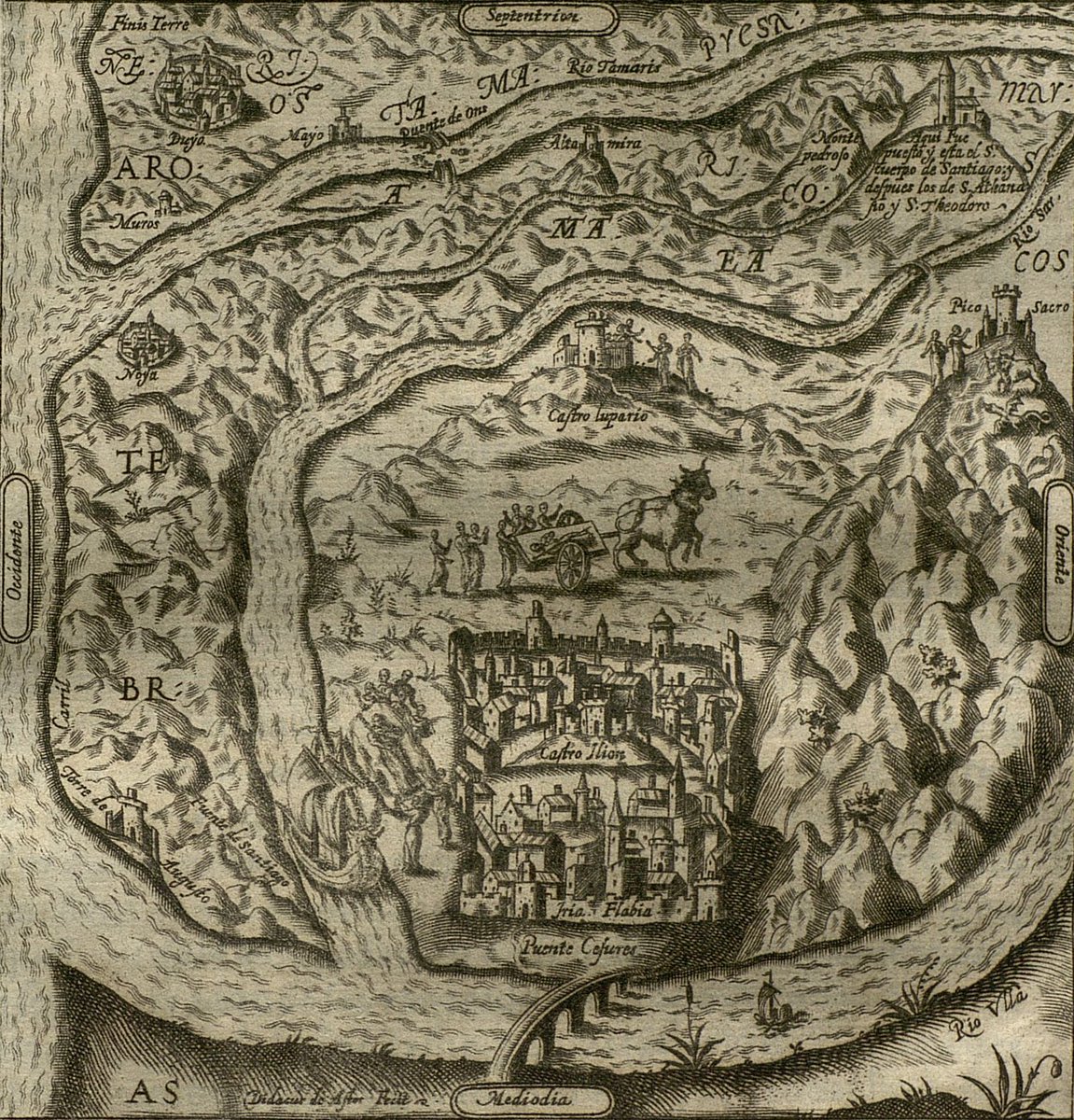

Good King Wenceslas (yes, the one from the carols) was murdered by his brother in AD 935.
📷 Wenceslas trying to escape his brother.
📷 Wenceslas trying to escape his brother.

A mass grave of up to 60 further victims was found at Budeč hillfort (🇨🇿), providing archaeological evidence of this event and making this a #HillfortsWednesday
Warning: There will be some pictures of the grave coming up
Warning: There will be some pictures of the grave coming up
Wednesdays would be grey and spineless without #HillfortsWednesday!
Let's celebrate it with the dramatic Cortín dos Mouros hillfort (Santalla de Oscos, #Asturias), close to the Galician border. According to its discoverer, Ángel Villa, it is a probably Early Iron Age fort.👇
Let's celebrate it with the dramatic Cortín dos Mouros hillfort (Santalla de Oscos, #Asturias), close to the Galician border. According to its discoverer, Ángel Villa, it is a probably Early Iron Age fort.👇

Extremely well preserved, the fort is a unique fusion between the steep ridge of the hill and a massive dry stone rampart. A possible stronghold can be seen at South and the original gate in the North. Nothing can be perceived at first sight inside.
#HillfortsWednesday
#HillfortsWednesday

The @RomanArmy_eu research group found a marching Roman camp just in front of this fort, in the Galician side of the border. We excavate it in some glorious days.
Every afternoon this prehistoric wall shone in front of us, shouting its mistery.
#HillfortsWednesday
Every afternoon this prehistoric wall shone in front of us, shouting its mistery.
#HillfortsWednesday

United Reformed Church, East Cliff, of 1879, by Kemp Welch and Pinder, in what can only be described as Romanesque-cum-Cinquecento style. #DorsetDay 

Railway fascism, Bournemouth Station #DorsetDay 

Today's thread will be interspersed with random Dorset pics, 'cos it's #dorsetday. Here be Eggardon Hill, looking toward Portland, doubling up for #HillfortsWednesday with ramparty goodness. 

The Montes Claros hillfort (A Laracha, #Galicia) stands out in the south of the Artabri people lands. First archaeologic insights provided recently an Iron Age chronology and a probably role as a trade hub. 👇
#HillfortsWednesday
#HillfortsWednesday

...which is quite funny. If we turn back the camera, you will see the closeness of the Montes Claros hillfort with the huge logistics facility of the biggest fast fashion group in the world, Inditex. Headquarters of the company are quite close too.
#HillfortsWednesday
#HillfortsWednesday

At the heart of the fort you will find a Pegada do Xentil ('the footprint of the Pagan'). It is the mark left by the horse of a pagan knight when both jumped over the hills.
As in other Atlantic areas, links with power and lordship were proposed.
#HillfortsWednesday

As in other Atlantic areas, links with power and lordship were proposed.
#HillfortsWednesday


The San Millán hillfort (Cualedro, #Galicia) preserves, almost intact, massive dry stone ramparts, gates and other features. It was inhabited from V-IV BC up to a Late Roman occupation. But there's many questions still open there. 👇
#HillfortsWednesday
#HillfortsWednesday

For example, close to a probably South gate there is one of the best preserved chevaux de frise defense I have ever seen. Many of the stones still stands up, making it hard your walk. You can see a clear path in the middle to allow you to reach the gate.
#HillfortsWednesday
#HillfortsWednesday

The impressive wall was carefully built around the III BC., but there is evidence of a older, cyclopean rampart (in red), almost totally dismantled. According to @Xeitura excavators, it have links with another close hillfort, totally refurbished in the III BC.
#HillfortsWednesday


#HillfortsWednesday



This is the Castro Cercio hillfort (Monterroso, #Galicia). For me, one of the most challenging and intriguing Iron Age sites of inland Galicia. A possible seat of power reinforced with a symbolic use of geology.
Let's take a look!
#HillfortsWednesday
Let's take a look!
#HillfortsWednesday

The Cercio hillfort is just at the beginning of a longitudinal outcrop of quartzites, running all along the hills for several km. In a sunny day, it's really difficult for your eyes moving along the outcrop. It shines so bright that it blinds you.
#HillfortsWednesday

#HillfortsWednesday


It's #HillfortsWednesday and here’s the curiously enigmatic (and infrequently examined) prehistoric earthwork enclosures atop the wonderfully named Thundersbarrow Hill #WestSussex @sdnpa 😍
Pic © CACUP 1975 (BSR60) @CamDigLib @theUL
A short thread 👇👇👇
Pic © CACUP 1975 (BSR60) @CamDigLib @theUL
A short thread 👇👇👇

The subcircular Iron Age hillfort of Thundersbarrow covers 1.2ha with entrances at the SE and N
It encloses a 0.5ha subsquare Bronze Age enclosure with a barrow and Romano British village at the S + E
Plan: Robert Gurd 1932 © Sussex Arch Soc @sussex_society
#HillfortsWednesday
It encloses a 0.5ha subsquare Bronze Age enclosure with a barrow and Romano British village at the S + E
Plan: Robert Gurd 1932 © Sussex Arch Soc @sussex_society
#HillfortsWednesday
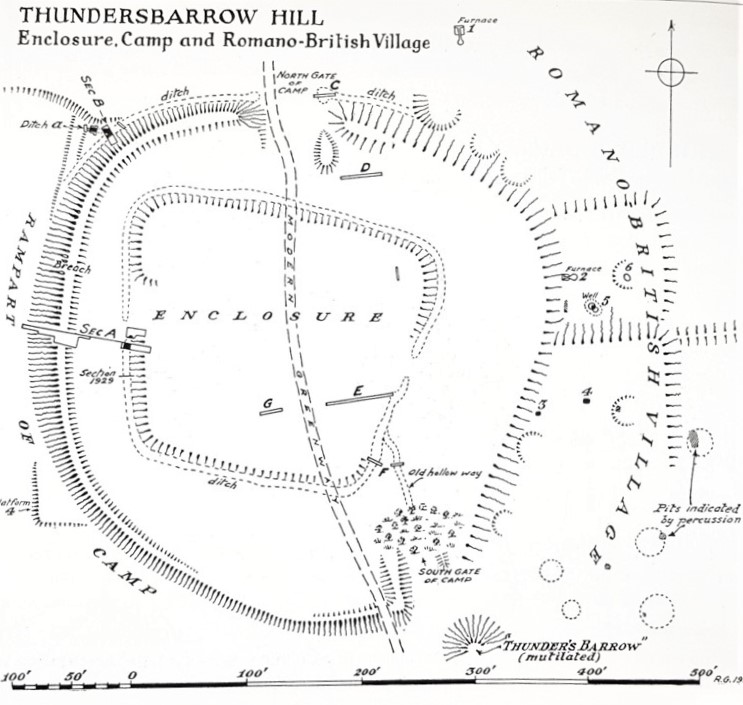
Thundersbarrow Early Iron Age hillfort sits brooding atop a low ridge at the southern slope of the chalk downs @sdnpa above the Sussex coastal plain and Shoreham-by-Sea
It's easy to spot once you know it's there
Pic Simon Carey 2005 CC BY-SA 2.0
#HillfortsWednesday
It's easy to spot once you know it's there
Pic Simon Carey 2005 CC BY-SA 2.0
#HillfortsWednesday

For #HillfortsWednesday here’s the glorious Chlorus Camp (Figsbury Ring) #Wiltshire, photographically captured by David R Abram 🤩
For more of his stunning work see davidabram.co.uk
And catch his exhibition @SalisburyMuseum salisburymuseum.org.uk/whats-on/exhib…
A thread 👇👇👇
For more of his stunning work see davidabram.co.uk
And catch his exhibition @SalisburyMuseum salisburymuseum.org.uk/whats-on/exhib…
A thread 👇👇👇

Figsbury Ring / Chlorus Camp #Wiltshire comprises a univallate Iron Age hillfort with entrances at the East and West
At 6.2ha it encloses a Neolithic / EBA feature (a henge?)
LiDAR Digital terrain model Rouven Meidlinger @planlaufterrain CC BY-SA 4.0
#HillfortsWednesday
At 6.2ha it encloses a Neolithic / EBA feature (a henge?)
LiDAR Digital terrain model Rouven Meidlinger @planlaufterrain CC BY-SA 4.0
#HillfortsWednesday

William Stukeley visited Chlorus Camp hillfort (Figsbury Ring) #Wiltshire in 1723
His drawing of the hillfort and inner henge looking SW shows the hillfort and castle of @EHOldSarum (B) and cathedral of Salisbury (C) in the distance
#HillfortsWednesday #HengeWednesday
His drawing of the hillfort and inner henge looking SW shows the hillfort and castle of @EHOldSarum (B) and cathedral of Salisbury (C) in the distance
#HillfortsWednesday #HengeWednesday
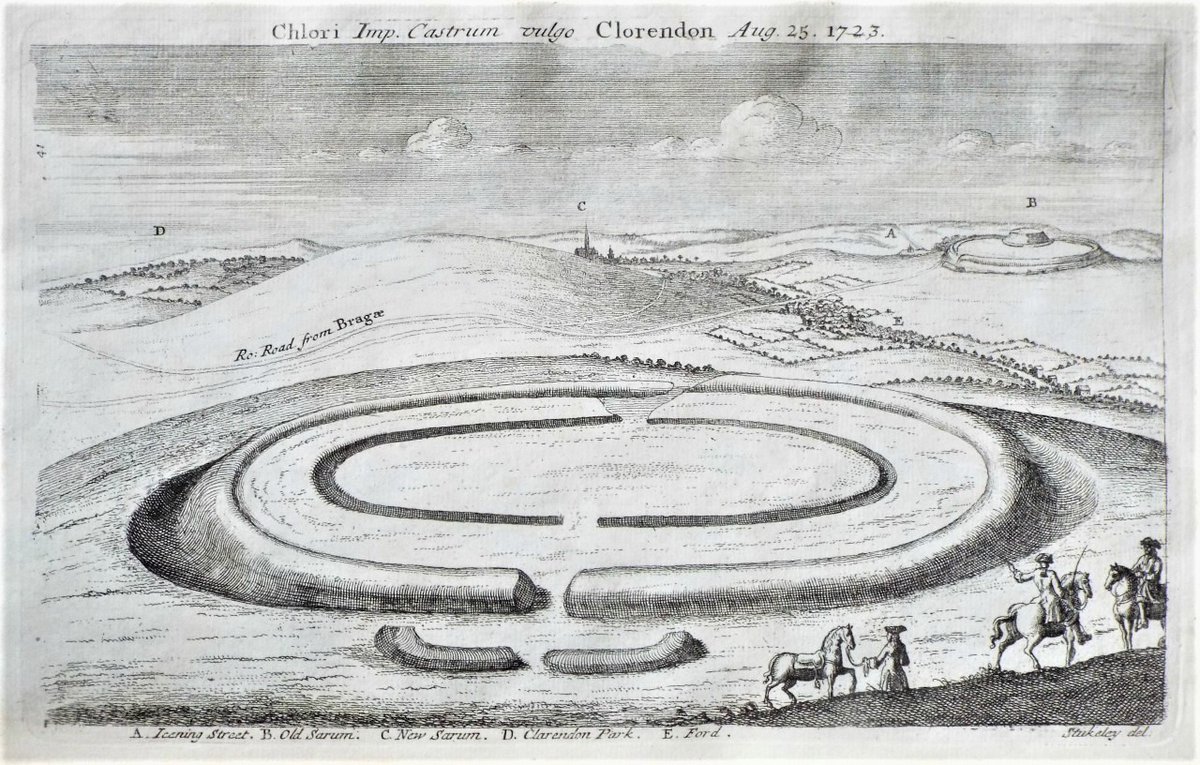
During the night of the 7th of September, the local community of Castelo (Taboada, #Galicia) performs an exciting and breathtaking ritual in their charming and univallate hillfort of Castro do Castelo.
👇
#HillfortsWednesday
👇
#HillfortsWednesday

In the previous days, families collect the 'agucios' to build the 'fachas':(8-9 mts high torches). The fachas are placed all around the circular rampart ot the hillfort.
#HillfortsWednesday



#HillfortsWednesday

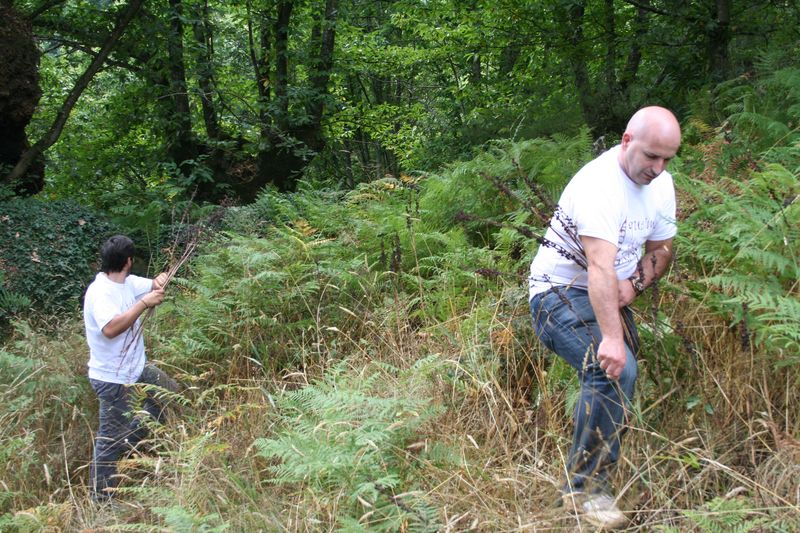


When all the fachas are placed in the rampart, the view of the hillfort from the village is stunning and thrilling. Something is going to happen.
But before, there is a huge community feast, all together, young and old.
Until midnight...
#HillfortsWednesday



But before, there is a huge community feast, all together, young and old.
Until midnight...
#HillfortsWednesday



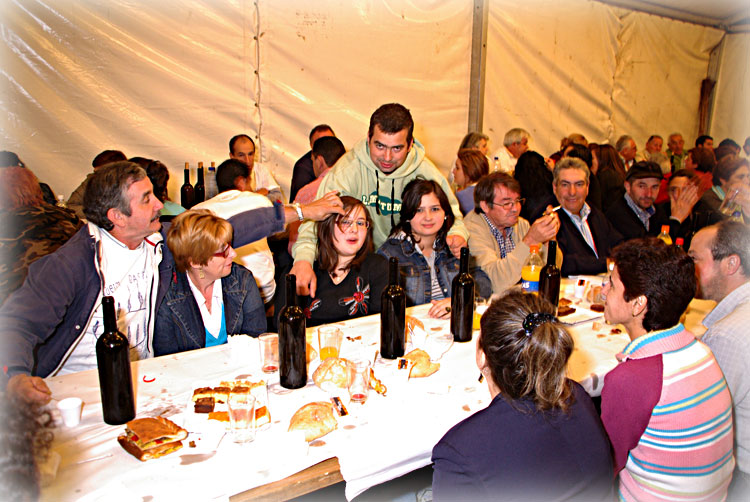
It’s #HillfortsWednesday (huzzah!)
Today we’re looking down on the mighty Maiden Castle #Dorset @EnglishHeritage
It's impressive today, but how did it look in prehistory?
A thread on our favourite recreations / reconstructions from books, guides and on-site signage 👇👇


Today we’re looking down on the mighty Maiden Castle #Dorset @EnglishHeritage
It's impressive today, but how did it look in prehistory?
A thread on our favourite recreations / reconstructions from books, guides and on-site signage 👇👇



Arguably the most famous hillfort in Britain, the multivallate Maiden Castle #Dorset encloses over 17ha and comprises many phases of construction and modification the appearance of which can be difficult to convey
📷 looking south © Jo and Sue Crane 2016
#HillfortsWednesday
📷 looking south © Jo and Sue Crane 2016
#HillfortsWednesday

The earliest built phase at Maiden Castle #Dorset was an Early Neolithic causewayed enclosure (c. 3550 BC)
Recreations of this period are comparatively rare, so this wonderful image © Miranda Schofield / English Heritage is particularly welcome 😊👍
#HillfortsWednesday
Recreations of this period are comparatively rare, so this wonderful image © Miranda Schofield / English Heritage is particularly welcome 😊👍
#HillfortsWednesday

Just one word: BEAUTY.
The winter forest still hides most of the Roman time houses in the A Cibdá de Armea hillfort (Allariz, #Galicia).
But this site also hides an intriguing story on people dealing with their ancestral identity during Roman rule.
#HillfortsWednesday
👇👇👇
The winter forest still hides most of the Roman time houses in the A Cibdá de Armea hillfort (Allariz, #Galicia).
But this site also hides an intriguing story on people dealing with their ancestral identity during Roman rule.
#HillfortsWednesday
👇👇👇

Archaeologist excavated recently in the Atalaia (trans, 'the Watchtower') area, just in the lower terraces of the hillfort. A lot of spectacular findings were found there during the 1950's digs.
#HillfortsWednesday
#HillfortsWednesday

They found an extremely well preserved neighbourhood of a Roman town dated between I and III centuries AD. Roads, portici, and even the oldest wine cellar in the whole Gallaecia.
#HillfortsWednesday



#HillfortsWednesday




First #HillfortsWednesday of the year! Let's celebrate it with the hillfort of A Ourela (Palas de Rei, #Galicia), a remarkable Iron Age site with still impressive ramparts and some intriguing features, maybe linked with some kind of perfomative architecture. 👇 

The outer enclosure partially takes advantage of the hill, but it is strange. The rampart was not built over the edge of the hill. It prefers to retreat back and build a ditch, losing natural advantage. Why? Perhaps it wants to be seen more from the south?
#HillfortsWednesday

#HillfortsWednesday

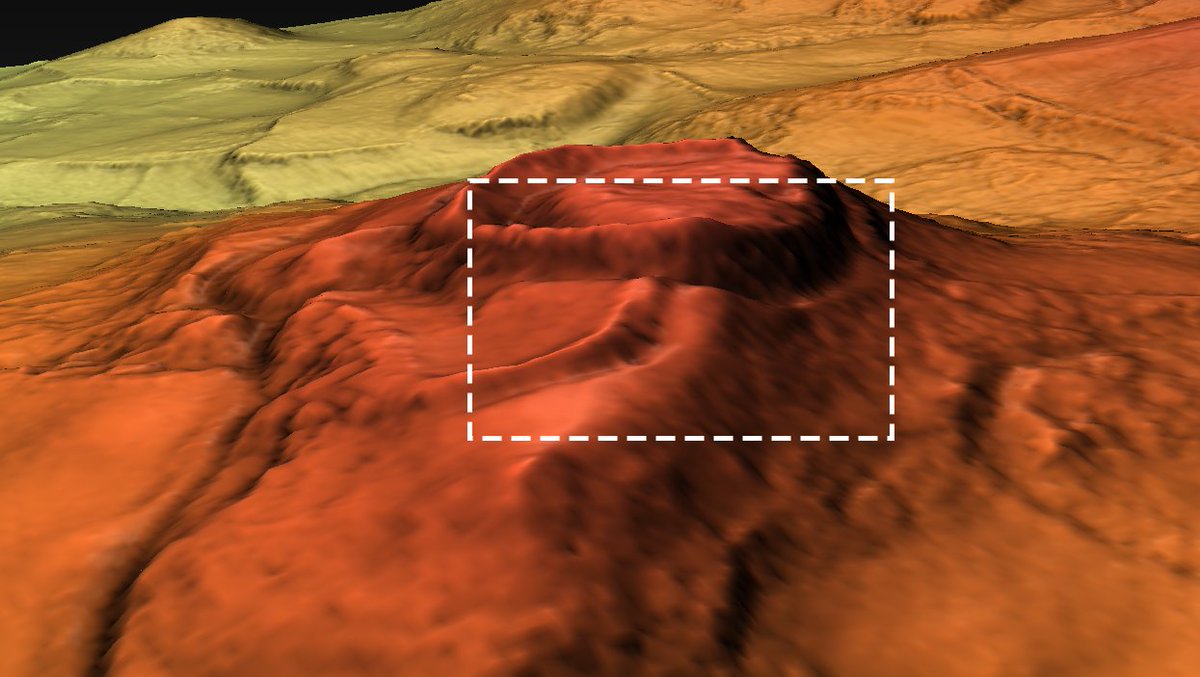
And other feature is mind-blowing.
As you can see, all in A Ourela ramparts is about the gates. They are massive. But a sort of weird passage goes all down the slope from them. It was damaged by farming, but some traces can still be seen. Such a performance!
#HillfortsWednesday



As you can see, all in A Ourela ramparts is about the gates. They are massive. But a sort of weird passage goes all down the slope from them. It was damaged by farming, but some traces can still be seen. Such a performance!
#HillfortsWednesday




I know of few sites that so dramatically reflect what an Iron Age hillfort SHOULD BE as Castro da Cidá (Ribeira, #Galicia), now with its restored upper wall.
But A Cidá also hides a great enigma. Will you come and see it with me? 👇
#HillfortsWednesday
But A Cidá also hides a great enigma. Will you come and see it with me? 👇
#HillfortsWednesday
With its complex defensive system, its monumentality and dominance, its large size (3 ha) by Galician standards and even its name, 'A Cidá' (Lat. 'civitas', 'the town'), everything would suggest a Late Iron Age hillfort.
But it's not.
#HillfortsWednesday
Mdt: @fonte_joao

But it's not.
#HillfortsWednesday
Mdt: @fonte_joao


Radiocarbon dates are clear enough: A Cidá was inhabited in the Early Iron Age, VII-V BC. When most of the oppida and big hillfort were villages or did not exist yet, the hillfort of A Cidá had already been abandoned.
But there are even more strange things.
#HillfortsWednesday
But there are even more strange things.
#HillfortsWednesday

Today we are going to talk about ancient relics in the hillforts: antennae daggers that appear, whole, many centuries after they were made, in Late Iron Age hillforts. What stories have we lost about them?
#hillfortswednesday
#hillfortswednesday

Our first treasure appeared in the foundations of a house in the hillfort of Os Castros (Taramundi, Asturias, near the border with Galicia). The house had been built in the Late Iron Age. The hillfort was inhabited from the Late Bronze Age.
#HillfortsWednesday

#HillfortsWednesday


Look at it: gorgeous. Because it preserved the organic material of the sheath, radiocarbon dating was possible. Between the 14th and 10th centuries BC. These daggers have Central European influences on the handles and Mediterranean influences on the blades.
#Hillfortswednesday
#Hillfortswednesday
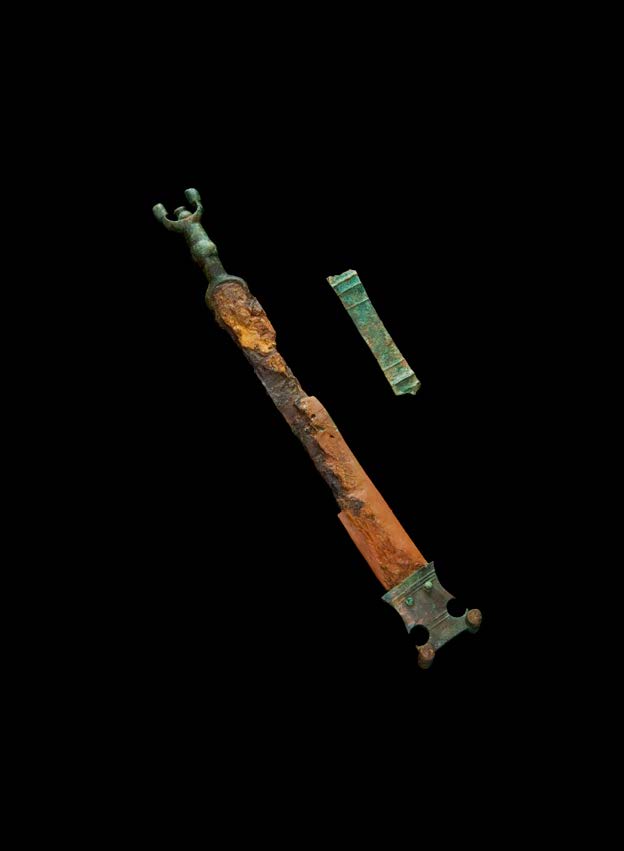
It’s #HillfortsWednesday and we wonder if the Iron Age univallate Trundle has ever looked more gorgeous than in this incredible pic by @DavidRAbram here, looking N towards the mist swathed #WestSussex Weald 🤩
For more of David’s stunning photos see:
davidabram.co.uk/ancient-britain
For more of David’s stunning photos see:
davidabram.co.uk/ancient-britain

The Iron Age ramparts of the Trundle #WestSussex partially enclose the spiral circuit of an earlier causewayed enclosure, the remains of which can be seen in this epic photo by @DavidRAbram
For more of David’s stunning photos see:
davidabram.co.uk/ancient-britain
#HillfortsWednesday
For more of David’s stunning photos see:
davidabram.co.uk/ancient-britain
#HillfortsWednesday

The distinctive imprint of a Neolithic causewayed enclosure is evident within the polygonal circuit of the Iron Age Trundle #WestSussex as slight earthworks and as dark lines to the SW in this early air photo from the 1930s in @SAS_Library @sussex_society
#HillfortsWednesday
#HillfortsWednesday

When I was a child, I was sure that all the adventures of Asterix had to take place in summer. The feasts at the hillfort were always outdoors! It couldn't be in winter because it must always be raining!
But this problem was solved in Galician hillforts.
#HillfortsWednesday
👇
But this problem was solved in Galician hillforts.
#HillfortsWednesday
👇

The Greek geographer Strabo described how the people of NW Iberia feast:
"They take their meals sitting down, building stone benches around the wall. The food is served in a circle. During the drink they dance on a wheel ...or by jumping and genuflecting".
#HillfortsWednesday
"They take their meals sitting down, building stone benches around the wall. The food is served in a circle. During the drink they dance on a wheel ...or by jumping and genuflecting".
#HillfortsWednesday

Archaeology showed how accurate Strabo was. In several hillforts, just in the core of the town, special buildings were found. Big, with a stone bench around the wall and no evidence of daily life nor hearths.
Citania de Briteiros / Castro de Viladonga.
#HillfortsWednesday


Citania de Briteiros / Castro de Viladonga.
#HillfortsWednesday


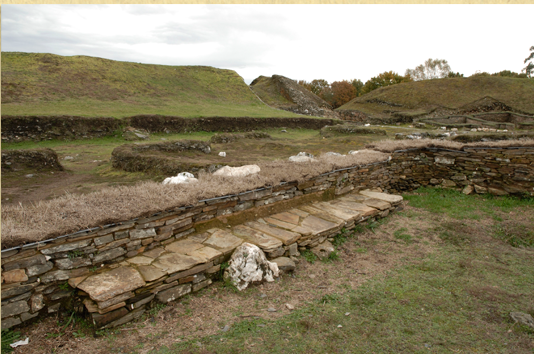
Today in #HillfortsWednesday let me tell you three short stories on community archaeology, based in our work in Mallou hillfort (Carnota, #Galicia), a small and beautiful Late Iron Age settlement with stunning sea views.
📸 Concello de Carnota / Noel Feáns.

📸 Concello de Carnota / Noel Feáns.
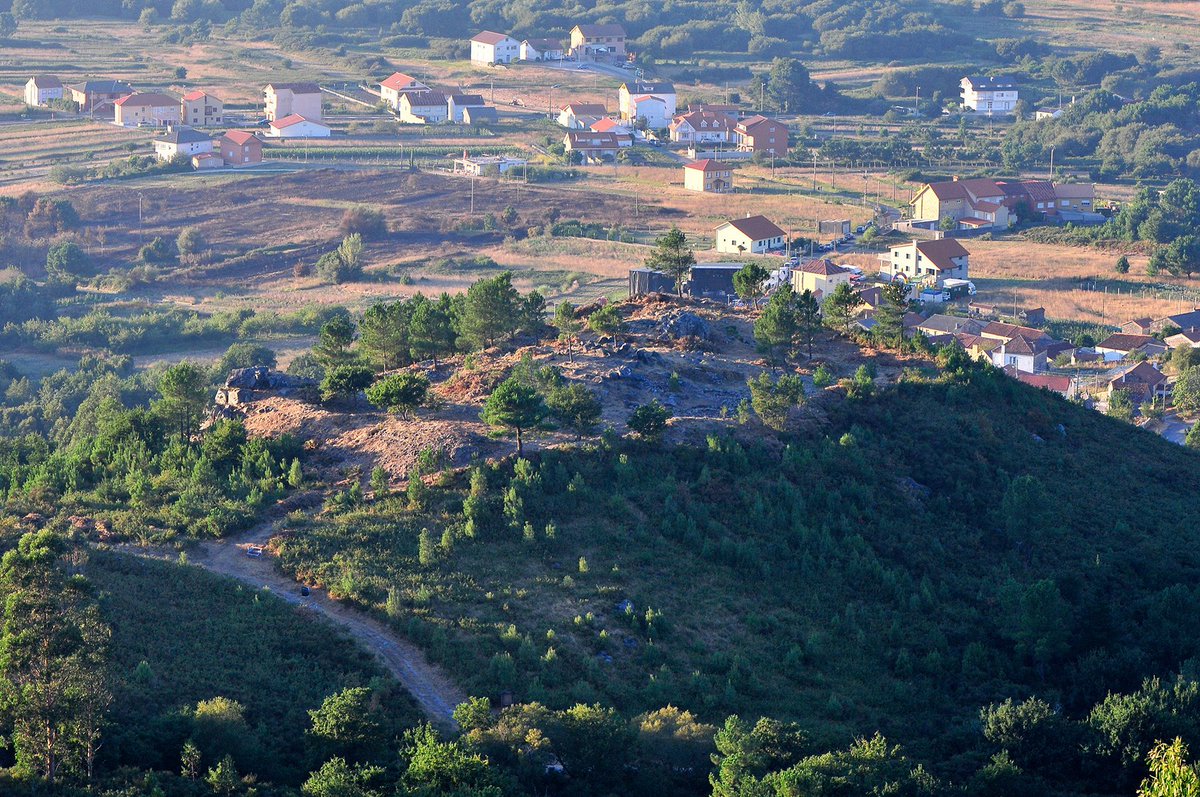
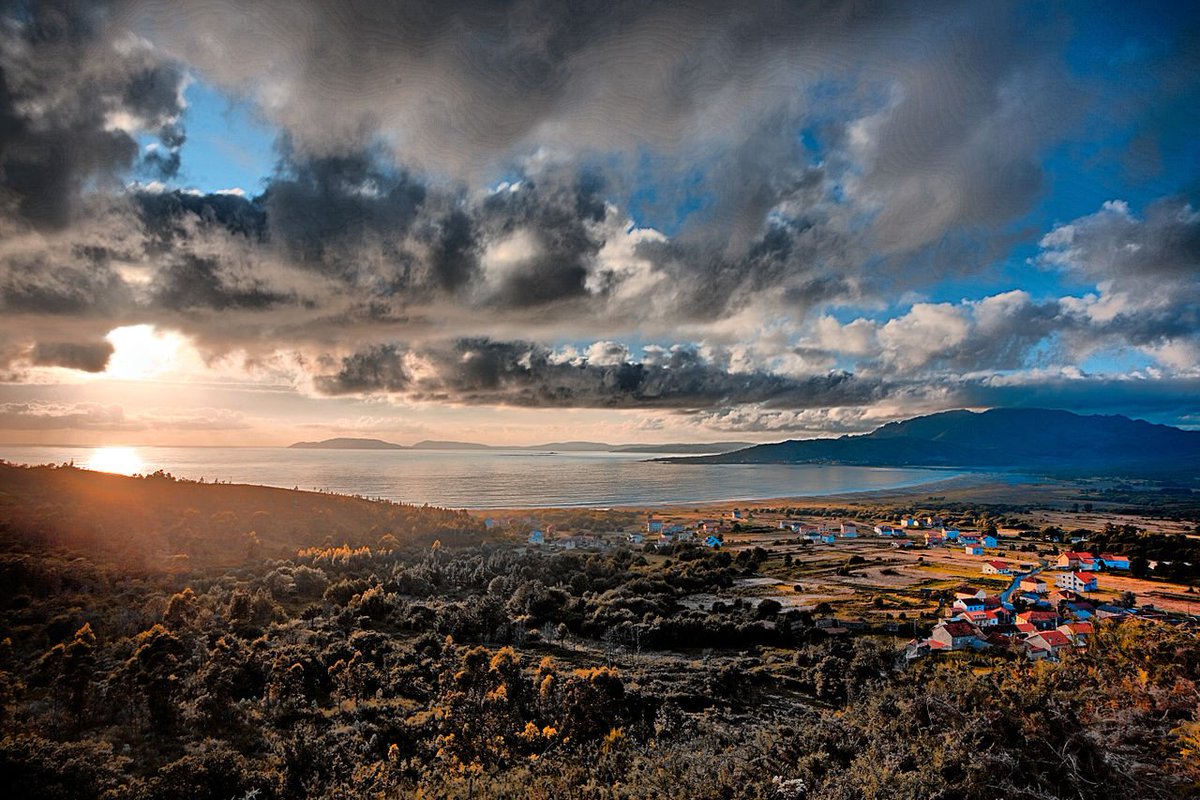
Very close to the hillfort, halfway up the hillside all along a circle of mountains, you will find dozens of rock art stations. In the summer sunsets, the old Bronze Age carvings come to life.
(hillfort in the grey square)
#hillfortswednesday

(hillfort in the grey square)
#hillfortswednesday


We planned an archaeological campaign in 2013, led by Anton Malde. At first, we noticed some mistrust from the villagers. Why? They remembered an older dig, organised as a work camp with teenagers. They crossed the village in vans full of young people. #hillfortswednesday 

You need to travel more than you ever imagined, don't you? Let's try to solve it!
Come with me to visit one of the most spectacular Iron Age hillforts of Atlantic Europe: San Cibrán de Las (San Amaro, #Galicia). It's going to suprise you!
#HillfortsWednesday @PACC_San_Cibran
Come with me to visit one of the most spectacular Iron Age hillforts of Atlantic Europe: San Cibrán de Las (San Amaro, #Galicia). It's going to suprise you!
#HillfortsWednesday @PACC_San_Cibran

Its name was Lansbrica (celt. 'The fort of the Middle/Plain'). What makes unique this 10-hectares oppidum is that was all built in a single time: late 2nd century BC. It's a masterpiece of Iron Age urbanism, showing a complex world of beliefs. #HillfortsWednesday 

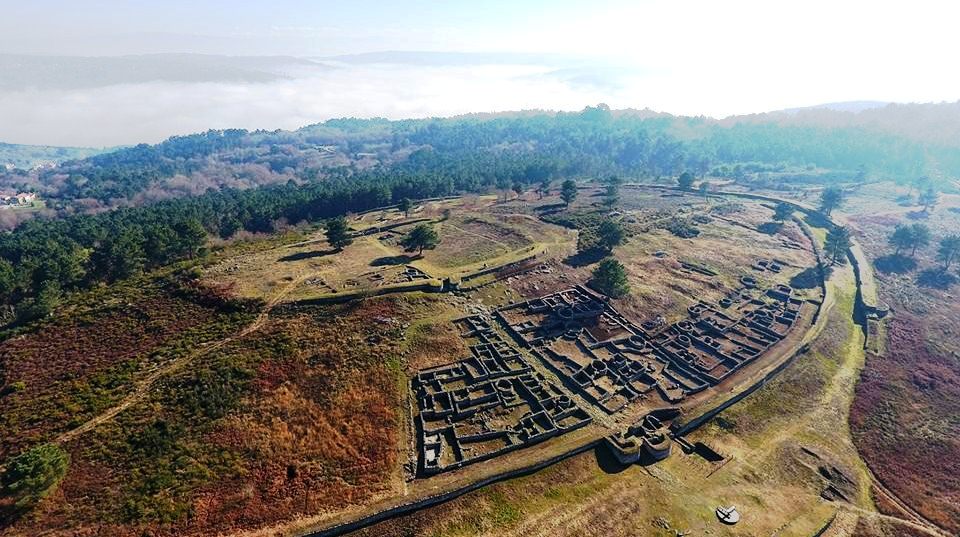
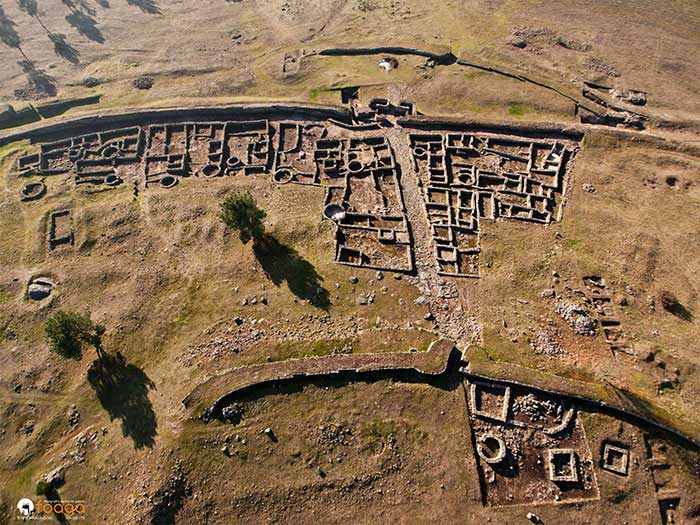
When Lansbrica was founded, all the surrounding hillforts collapsed. Each family received a similar amount of terrain to built their courtyard houses. Circular houses were kitchens or warehouses. Rectangular were workshops or bedrooms. #HillfortsWednesday 




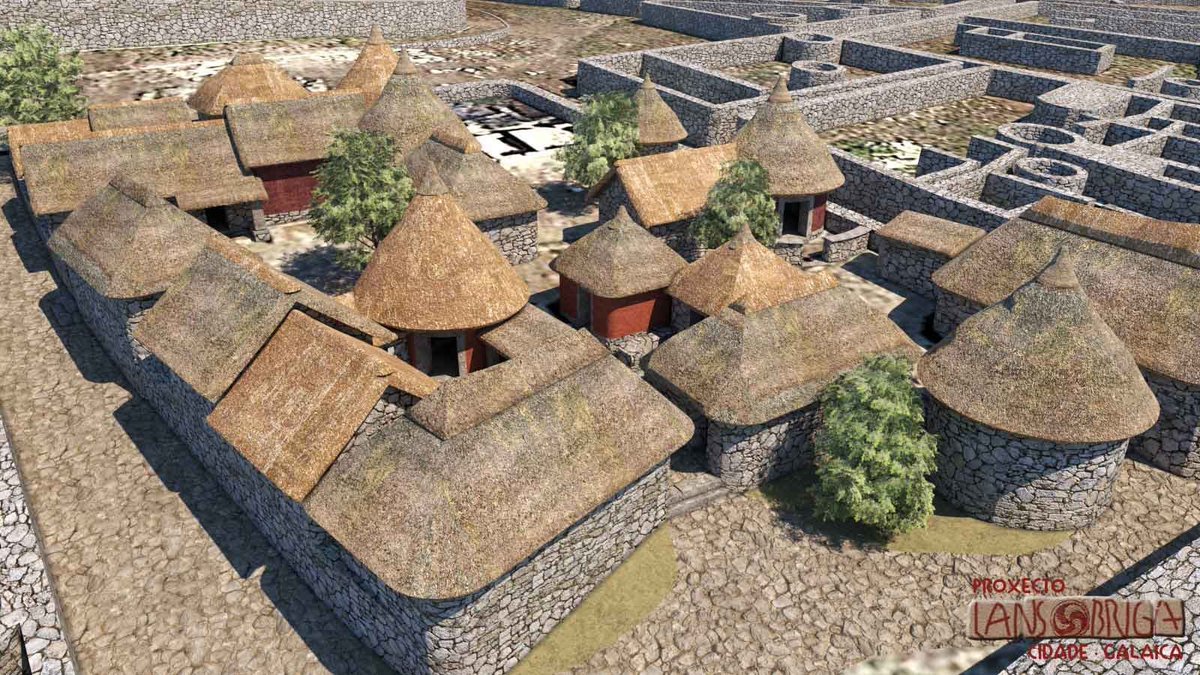
This is the hillfort of Castromao (Celanova, #Galicia), the former Coeliobriga (celt., 'The fort of the Bold'). An object found here is key to understanding the politics of the hillforts. Other... is just the cutest thing you will see today on twitter. Go!👇 #HillfortsWednesday 

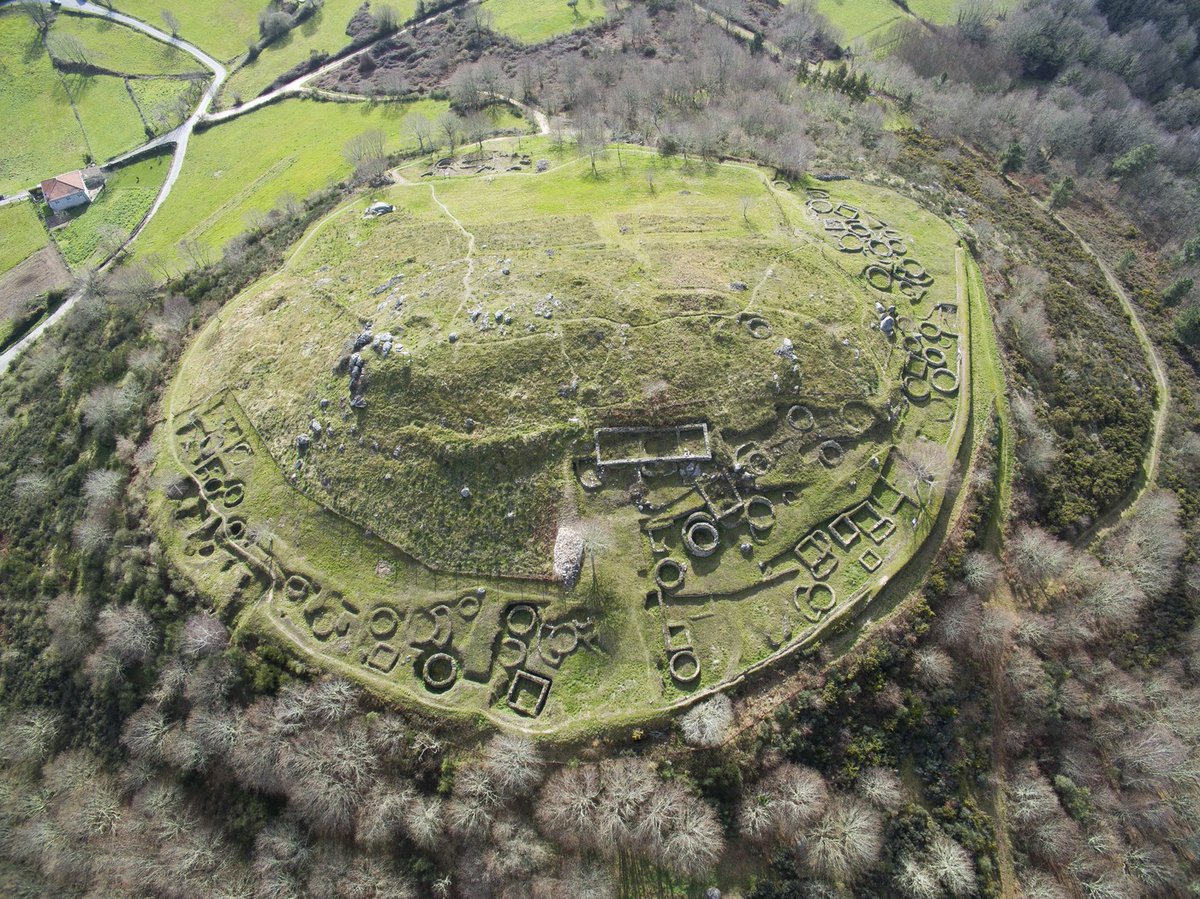

Coelibriga was inhabited from the end of the Bronze Age until the height of Roman times. Outstanding examples of Gallaecian Iron Age art have been found there. #HillfortsWednesday 

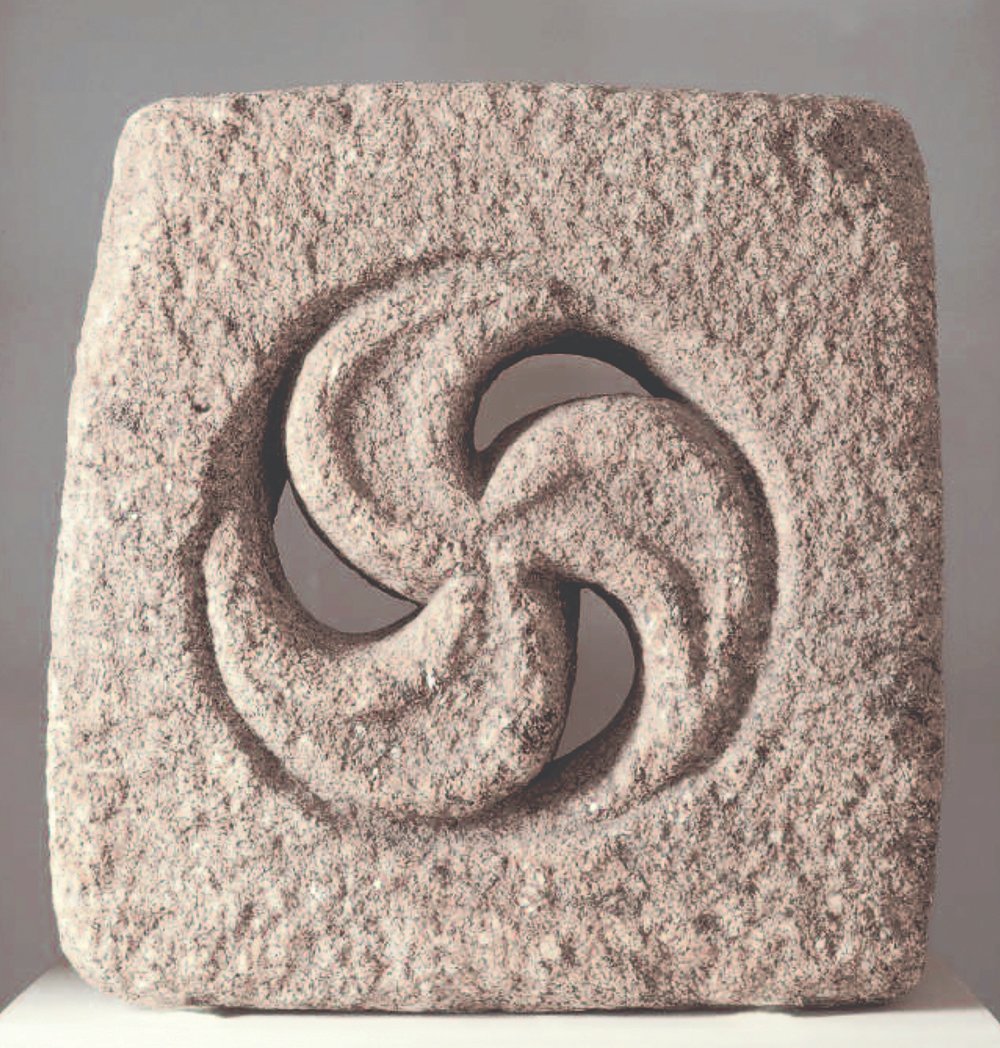

And even unique technological objects. This is a portable oven, possibly used for melting metals. Raw gold pieces have been found in the hillfort. #HillfortsWednesday 
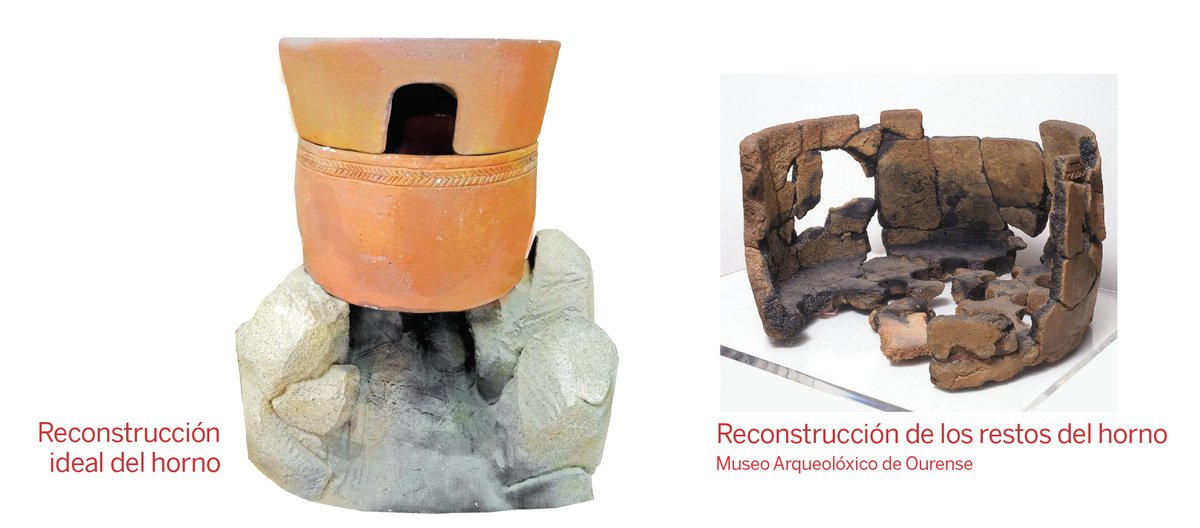
Do you 😍promontory forts? Today in #HillfortsWednesday we will show you a 2-in-1 solution! Welcome to Neixón forts (Boiro, #Galicia). Were they good neighbours? Who payed the community expenses? There's a good mistery here. Let's go to the thread!👇 



First: it's all about location. The Neixón Forts were built at the bottom of the Ría de Arousa, the biggest firth of Galicia. This is a safe and quiet space for docking and they became a trade hub in the prehistory. #HillfortsWednesday 



...but both forts never coexisted! The oldest is Neixón Pequeno, the southern one, founded at the end of the Bronze Age. In the 1920 decade, archaeologist found here revealed the first evidence of trading between Gallaecian people and Phoenician traders.
#HillfortsWednesday

#HillfortsWednesday
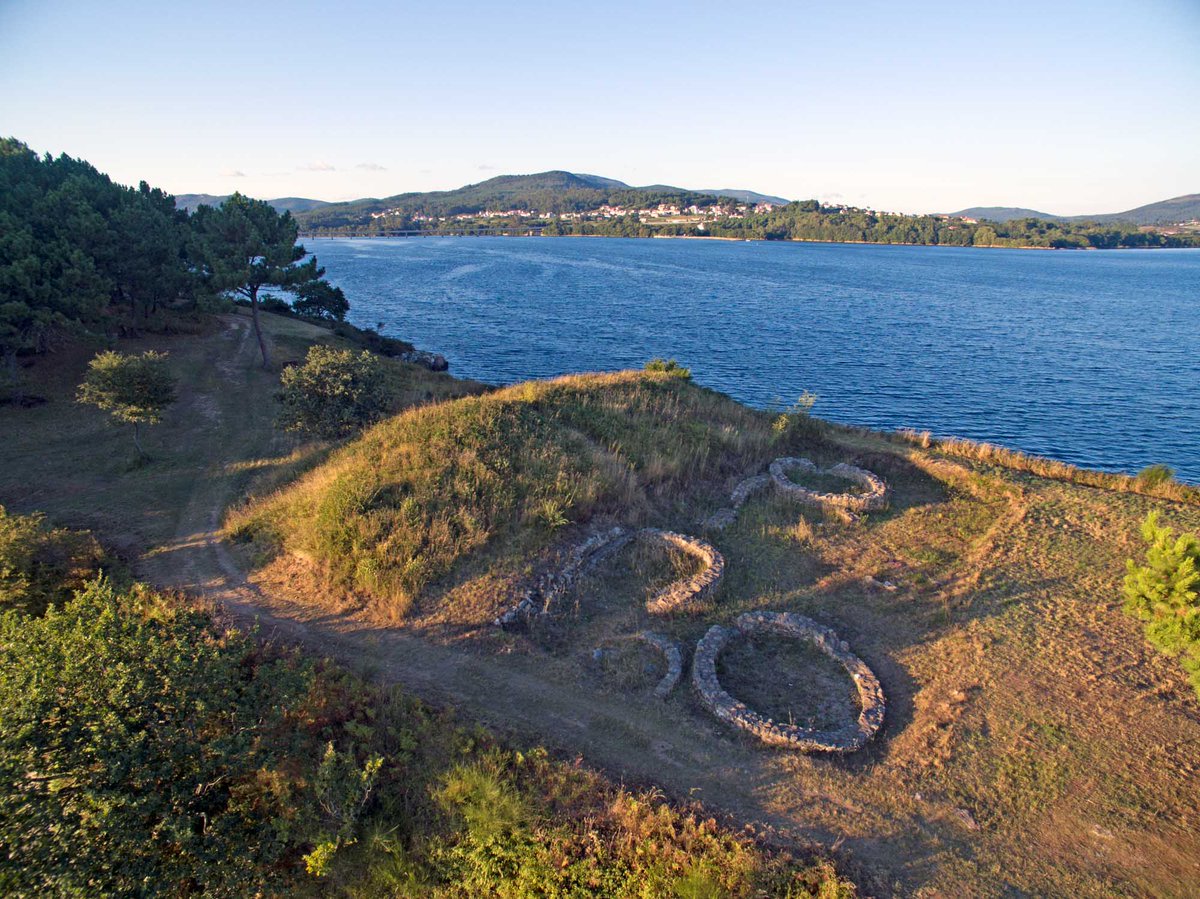
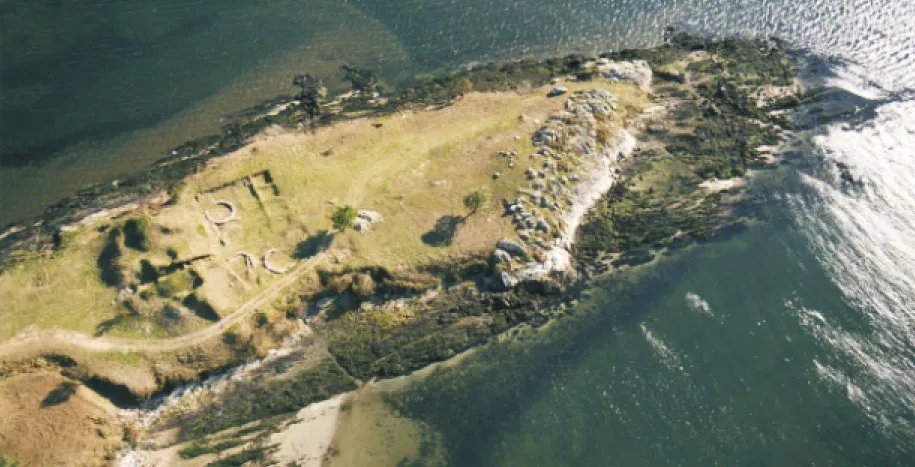
Tired after a long day of hunting or a hard run against the neighboring hillfort? Try relaxing in a sweat lodge, those fascinating Iron Age buildings from Gallaecia that we will visit in this #hillfortswednesday 📸by @par_virtual 
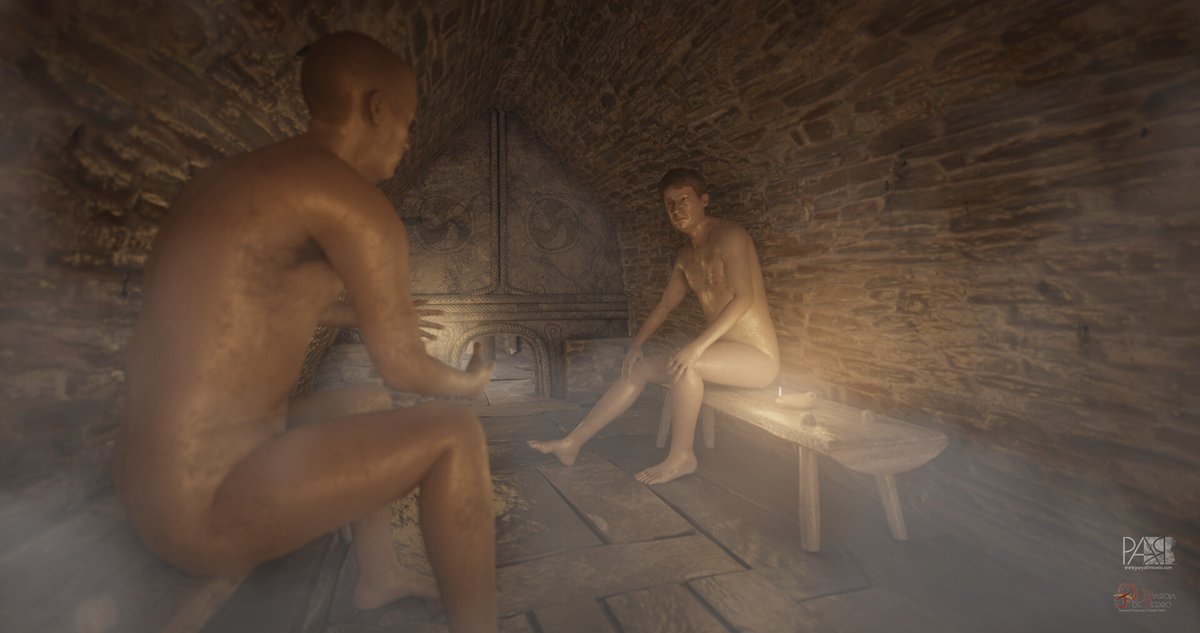
The sweat lodges are very unique buildings from the Iron Age in NW Iberia. They are concentrated in the west of Asturias and in the north of Portugal.
It has not yet been explained why there are so few in the central region.
📸by Marco G. Quintela
#hillfortswednesday
It has not yet been explained why there are so few in the central region.
📸by Marco G. Quintela
#hillfortswednesday
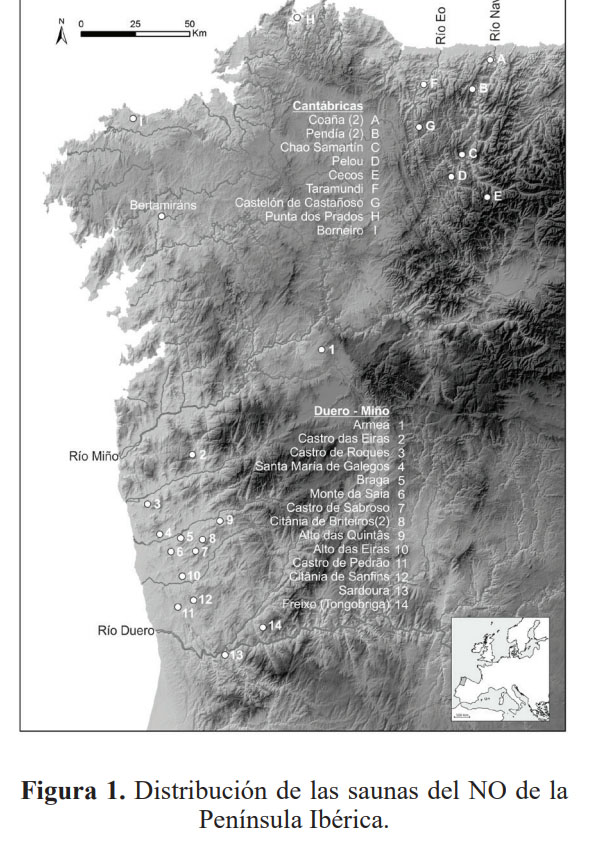
The most spectacular part is the 'pedra formosa' (the beautiful stone). In the southern sweat lodges they are beautifully decorated, with deep symbolism. The entrance to the heat chamber is always very narrow and small.
#hillfortswednesday


#hillfortswednesday



Here is the great hillfort of Nemeño (Ponteceso, #Galicia), ruling a fertile valley. There has been a village inside the ramparts since at least the 9th century. In this new thread of #hillfortswednesday you will discover about old seaways, Vikings, place names and great poets. 
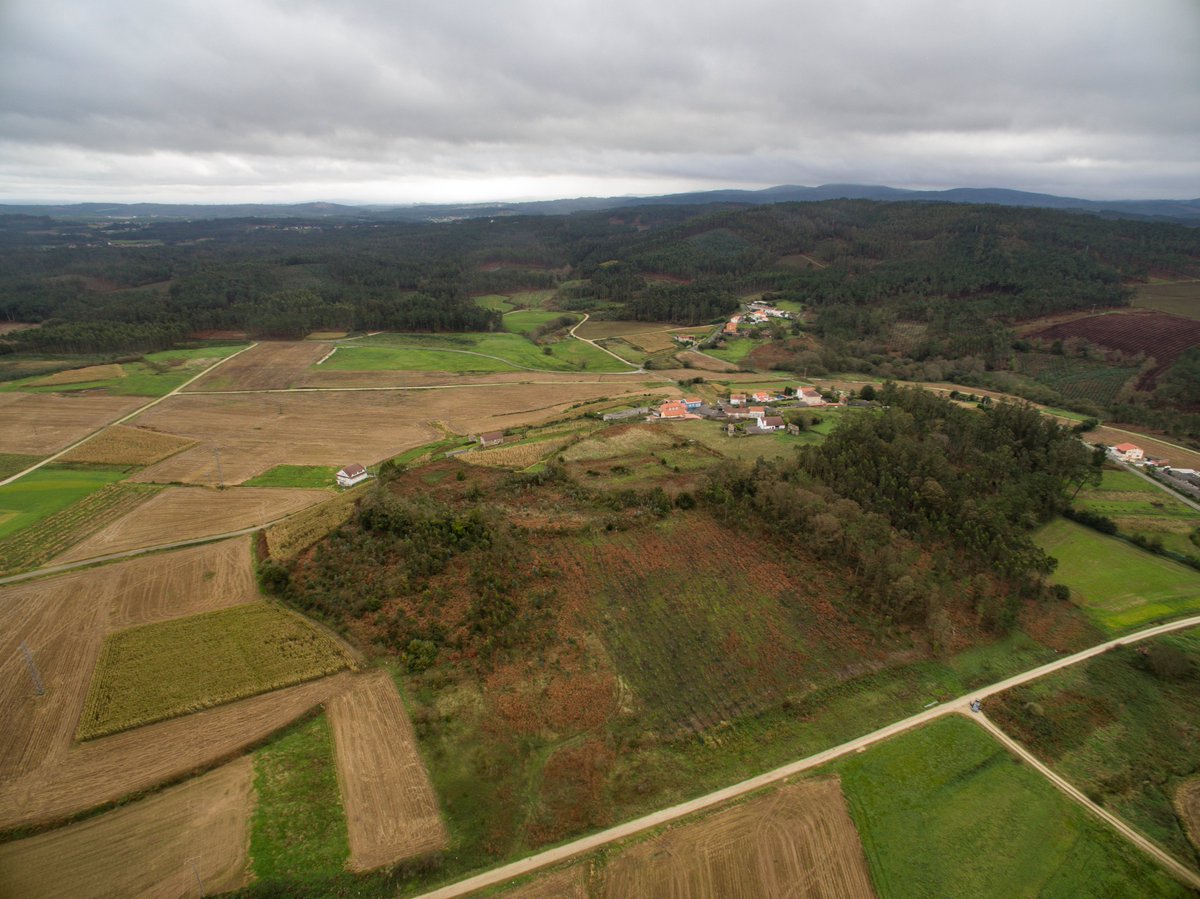
Nemeño Hillfort controls not only the land, but is also very close to the sea and open to seaways. In the 19th century it was discovered here a Bronze Age spearhead with a rapier-shaped blade, clearly connected with British or Irish concepts at this time. #hillfortswednesday 



The church of Cores, very close to the hillfort, keeps an ara dedicated to Jupiter by the inhabitants of the hillfort of Aviliobris, which means in ancient Celtic, "the windy hill(fort)". Could this be the original name of the hillfort of Nemeño? #hillfortswednesday 

Figsbury Ring comprises a fine set of prehistoric enclosure systems on the chalk above Salisbury in #Wiltshire looked after by @nationaltrust @NatTrustArch
A short thread for #HillfortsWednesday


A short thread for #HillfortsWednesday

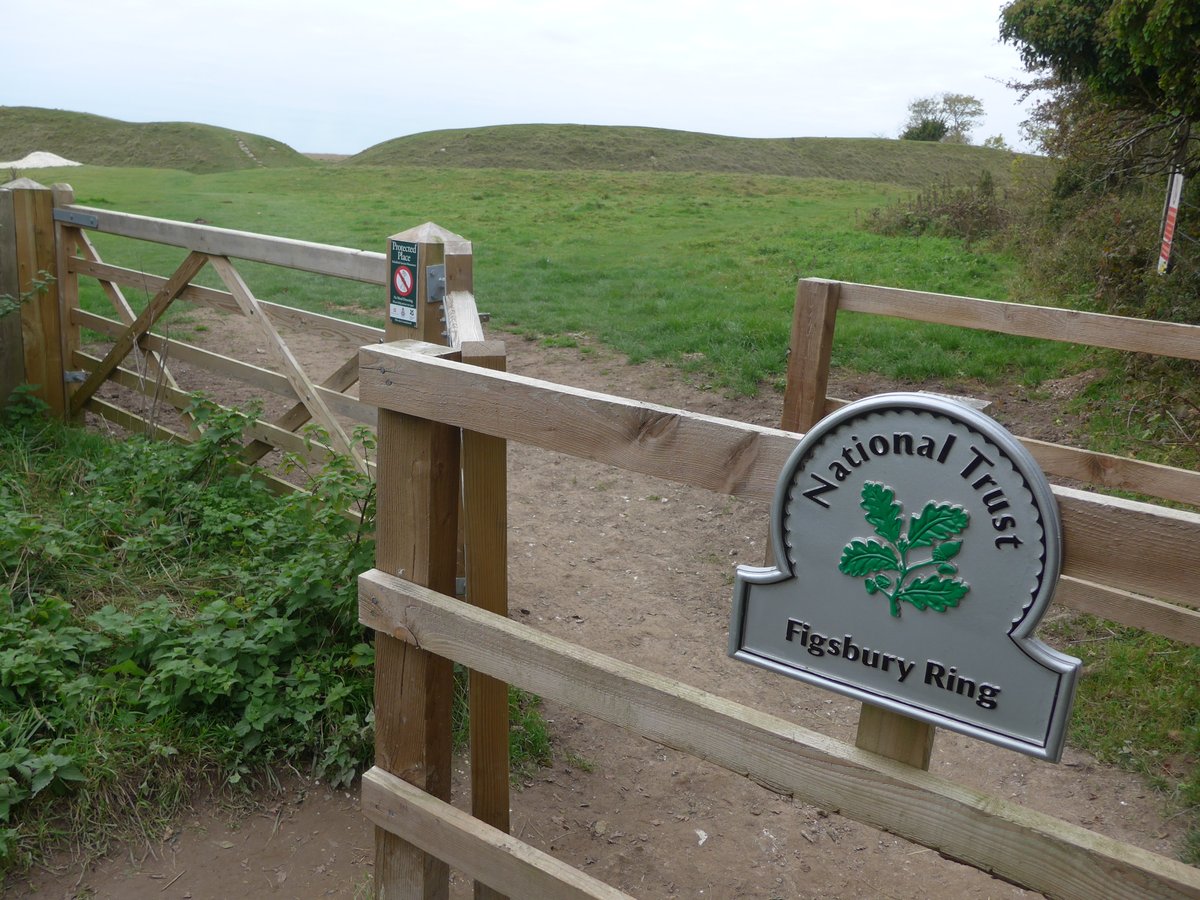

Figsbury Ring, once known as Chlorus Camp, #Wiltshire @NatTrustArch - The outer circuit encloses 6.2ha with entrances on the E and W
📷 Dae Sasitorn + Adrian Warren © Sasitorn Images
For more amazing images see: sasitornimages.com
#HillfortsWednesday
📷 Dae Sasitorn + Adrian Warren © Sasitorn Images
For more amazing images see: sasitornimages.com
#HillfortsWednesday

For many years, Figsbury Ring, depicted here in the Ordnance Survey for 1927 with the Roman road from Old Sarum to Winchester to the south, was thought to be a bivallate Iron Age hillfort...
...but there was something strange about the innermost circuit
#HillfortsWednesday
...but there was something strange about the innermost circuit
#HillfortsWednesday



